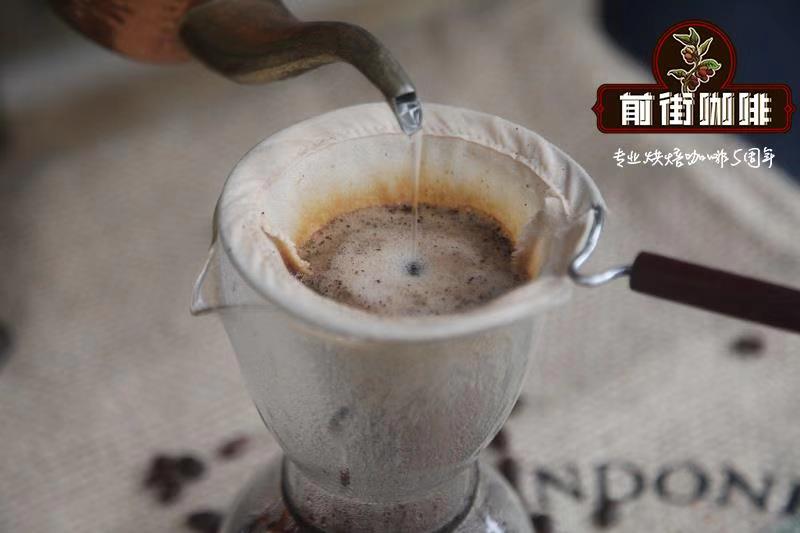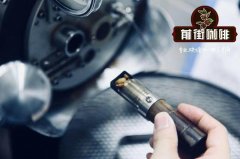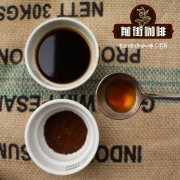Introduction to the comparison of Alicha and Po in the degree of baking in the sun

Professional coffee knowledge exchange more coffee bean information please follow the coffee workshop (Wechat official account cafe_style)
Comparison of Qianjie Coffee-Yejasuffi aruic and Po Flavor
This batch is produced at the Kebel Aricha processing plant, where there are about 650,700 small coffee farmers who send ripe coffee berries here for processing in exchange for cash. After the treatment plant selects the available berries, they are directly exposed to the sun on the scaffolding and are turned every 2-3 hours in the first few days to prevent overfermentation. After four to six weeks of sun exposure, the workers will scrape off the outer pulp with a machine according to the weather and temperature, and then transport it to addis for storage. Usually, sun-treated beans are stored in the form of shell beans, and they are not shelled until they are exported to ensure the quality of raw beans.
This sun-treated Aretha G1 has aromas of apricot and jasmine, with aromas of apricot, red wine, mango and pineapple, with honey and brown sugar sweetness, a long-lasting finish with a touch of cardamom and cocoa, and a very lively and bright citrus and blueberry acidity after the coffee is warm, as if the whole body is soaked in the sea in early autumn. Slapped by the warm and cool sea, full of impact and stretching tenderness.
In order to highlight the more obvious flavor and lively acidity of the whole bean, this sun Yega Chuefei Aretha G1 uses light baking to bake the beans at the end of an explosion. However, the editor personally prefers the flavor of dense beans, and the acidity is stronger, but baking to the end of the explosion will make the flavor of the whole bean more complete, sweetness and finish more beautiful, for the sake of overall balance, a little acidity has to be sacrificed.
Ethiopia Yega Xuefei Aretha G1
EthiopiaYirgacheffe Aricha G1 Natural
Ethiopia
[producing area] Aretha Aricha
[grading] Grade 1
[producer] Kebel Aricha processing plant
[treatment] Solar treatment / Natural
Local traditional variety (Heirloom)
[altitude] 1900 to 2100 meters
[harvest time] October to January of the following year
[flavor] Apricot, jasmine, apricot, red wine, mango, pineapple, citrus, blueberry, with honey and brown sugar sweetness, a long finish with a hint of cardamom and cocoa.
The word "ABOL" is not a place name of any region, but rather three cups of coffee for coffee ceremonies in Ethiopia, known to locals as "ABOL" for the best cup (second TONA, third BEREKA).
Because the Yirgacheffe has an excellent flavor. So borrow the name "ABOL". Packed in 30Kg gunny bags.
Yega Chefe G1 ABOL Taste Spectrum: this is a particularly obvious Yega Chet Flavor. The aroma is not complex, but it exudes strong aromas of passion fruit and citrus, especially when baking. Extremely high purity, no miscellaneous flavor, the use of medium-shallow baked sweet and sour palatable, Huigan continuous long, faint aftertaste of tea.
END
Important Notice :
前街咖啡 FrontStreet Coffee has moved to new addredd:
FrontStreet Coffee Address: 315,Donghua East Road,GuangZhou
Tel:020 38364473
- Prev

Brief introduction of Yega Xuefei Champion Coffee Bean Aricha sharing of flavor and taste of Arica coffee bean
Professional coffee knowledge exchange more coffee bean information please follow the coffee workshop (Wechat official account cafe_style) Qianjie Coffee-TOH champion bean Aairuicha introduces Yegashafi is a small town in Ethiopia, elevation 1700-2100 meters, is the world's highest coffee production
- Next

Differences in taste and flavor between coffee bean varieties Arabica, Robusta and Liberica
Professional coffee knowledge exchange more coffee bean information please follow the coffee workshop (Wechat official account cafe_style) front street coffee-coffee varieties and characteristics of Arabica varieties: from beans, Arabica varieties should be the first
Related
- Beginners will see the "Coffee pull flower" guide!
- What is the difference between ice blog purified milk and ordinary milk coffee?
- Why is the Philippines the largest producer of crops in Liberia?
- For coffee extraction, should the fine powder be retained?
- How does extracted espresso fill pressed powder? How much strength does it take to press the powder?
- How to make jasmine cold extract coffee? Is the jasmine + latte good?
- Will this little toy really make the coffee taste better? How does Lily Drip affect coffee extraction?
- Will the action of slapping the filter cup also affect coffee extraction?
- What's the difference between powder-to-water ratio and powder-to-liquid ratio?
- What is the Ethiopian local species? What does it have to do with Heirloom native species?

